The City That Was The Capital Of Three Empires: Istanbul
The City That Was The Capital Of Three Empires: Istanbul
Findings revealed during the archaeological excavations in Yenikapı reveal that the history of Istanbul dates back to 8,500 years. Since its establishment, Istanbul has developed under the rule of many states in history and has been the center of various cultures.
Undoubtedly, the most striking feature of Istanbul's history is that it has been the capital of three universal empires such as Rome, Byzantine and Ottoman Empire. A.D. The Roman Empire expanded very much in the 4th century; Due to its strategic location, Istanbul was chosen as the new capital by the Emperor Constantine instead of Rome. The city was reorganized in more than 6 years, the walls were expanded, temples, official buildings, palaces, baths and hippodrome were built.
It was officially announced that Istanbul was the capital of the Roman Empire with great ceremonies in 330. The city, which was known as the names of the Second Rome and the New Rome at the beginning of the Near Age, was later called "Byzantion" and Constantinople in the late ages. Among the people, the name of the city has been known as "Police" throughout the history.
It is understood that the emperors after the Great Constantine continued to beautify the city. The first churches in the city were also built after Constantine. Due to the collapse of the Western Roman Empire in the 5th century, Istanbul has been the capital of the Eastern Roman Empire (Byzantine) for many years.
The city was rebuilt in the Byzantine period was extended again by walls. Today, the magnificent city walls with a length of 6492 meters, Emperor Il. It was built by Theodosius. In the 6th century city, the population of which exceeded half a million, another golden age was experienced under the rule of Emperor Justinyen. Hagia Sophia, which has reached today, is a work of this period. Latin rule, a black period between 726-842, IV. The Crusade started with the city invasion of the Crusader Armies in 1204, and the city has been plundered for years to all the churches, monasteries and monuments. The city, whose administration was taken over by the Byzantines in 1261, could not regain its former wealth.
Istanbul was the capital of the Ottoman Empire for 470 years until 1923 after its conquest by Fatih Sultan Mehmet in 1453. Istanbul, which became the center of science, culture and art in the Ottoman period; The mosque, the synagogue and churches have reached a wonderful tolerance.
Fatih Sultan Mehmet's huge balls, used for the first time in the world war history, are an important reason for Istanbul walls to be exceeded. After the conquest, the capital of the Ottoman Empire was moved here, and the city population was increased by immigrants brought from various parts of the country, and the city's construction work was started. Freedom of religion and social rights were given to the old people of the city, and they were ensured to continue their lives. A hundred years after the conquest, Turkish Art left its mark on the city, and domes and minarets dominated the city skyline.
Istanbul, which first joined the territory of the Ottoman Empire on May 29, 1453, was divided into four administrative units, each with a different demographic structure, in 1459. Istanbul, which entered the 16th century as one of the most important and big cities of the history scene, was damaged in the earthquake of 14 September 1509, called the Small Apocalypse. After this great destruction, Sultan II. Istanbul, which was re-established by Beyazıt with the employment of 80 thousand people, continued to increase its importance in the history scene.
Having gained many valuable works between 1520 and 1566 under the rule of Suleiman the Magnificent, Istanbul has a city plan dating back to the present day and continued its development.
Istanbul, which has become the center of the entire Islamic world since the Ottoman sultans became the Caliph since the 16th century, has become the “World Capital” by hosting not only the Islamic world but also all religions and cultures.
Between 1718 and 1730, the winds of change began to blow in Istanbul with the establishment of the fire brigade, the opening of the first printing house and the establishment of various factories during the period of the Grand Vizier of Damat İbrahim Pasha, Nevşehirli. The declaration of the First Constitutional Era on 23 December 1876 and the II. The Ottoman Empire changed shape with the Constitutional Monarchy. With the effect of this change, the first province was established in Istanbul with a law dated 1909.
A new era started in Istanbul with the Tanzimat Edict, which was read to the public on November 3, 1939, in the Gülhane Garden of Topkapı Palace.
After World War I, it was occupied by Istanbul Allied Powers Navy on November 13, 1918. October 6, 1923, rescued from enemy occupation era capital of Istanbul, 29 October 1923 has ended with the establishment of the Republic of Turkey. Transport in Ankara, the capital of the Republic of Turkey did not change the importance of Istanbul, a city that for centuries home to different civilizations, has survived until today without losing its historical and cultural significance.




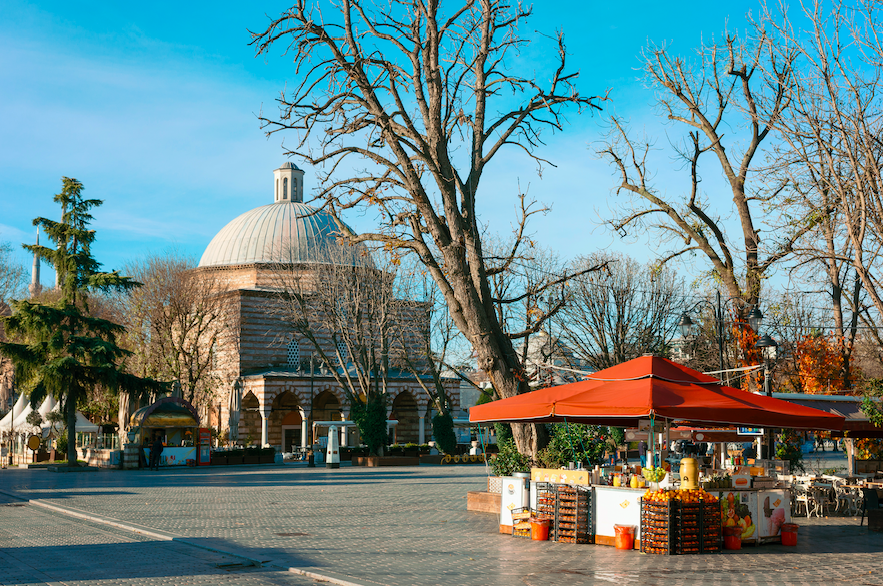
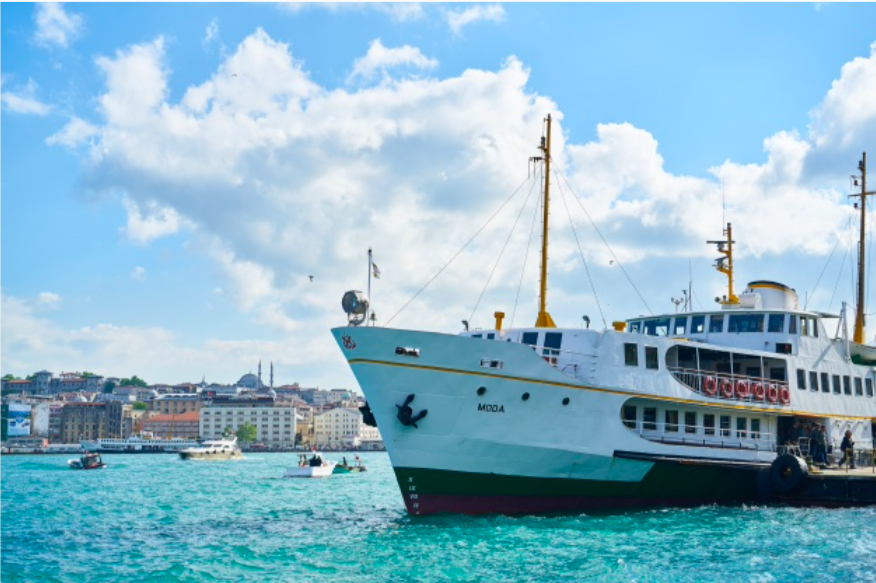





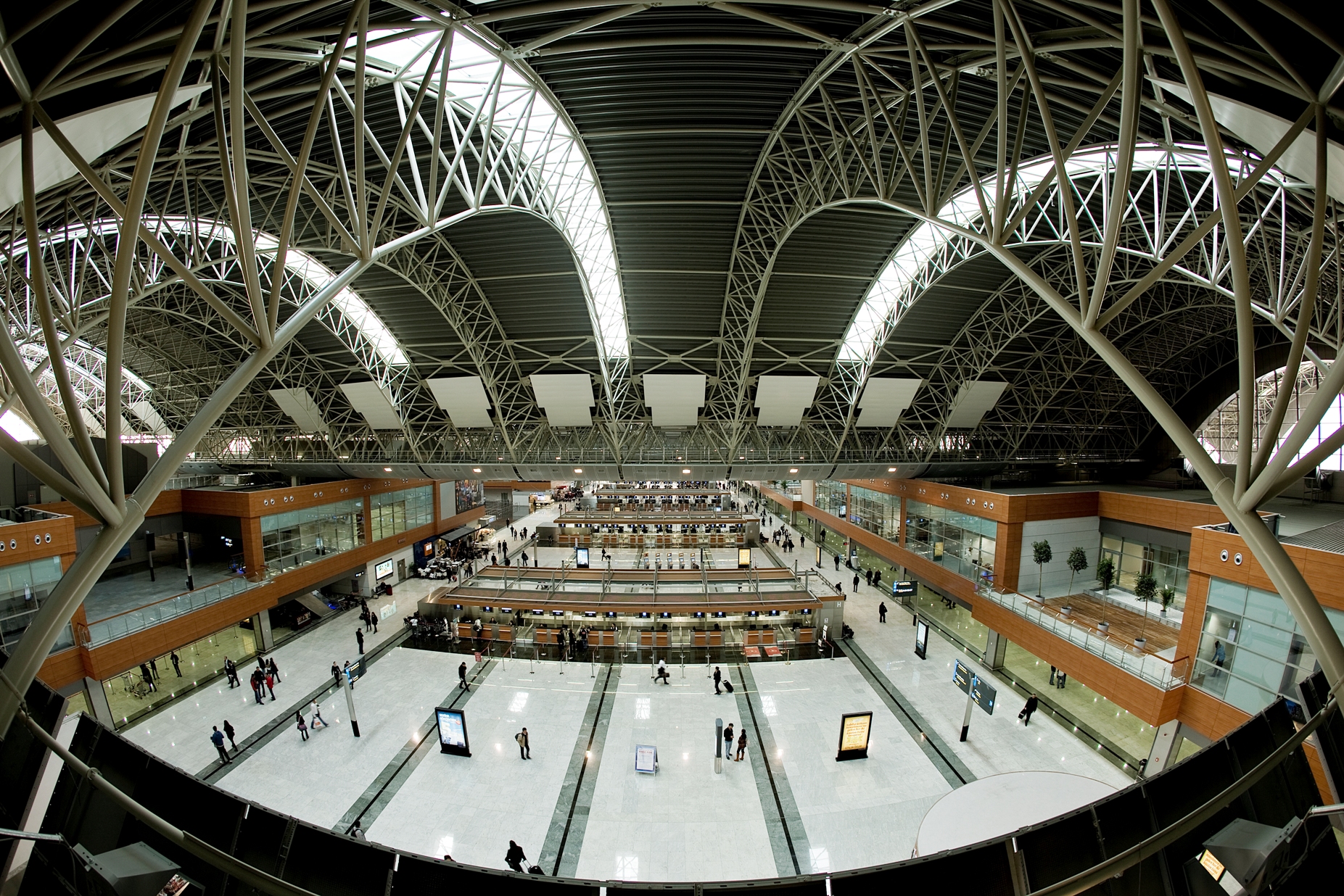

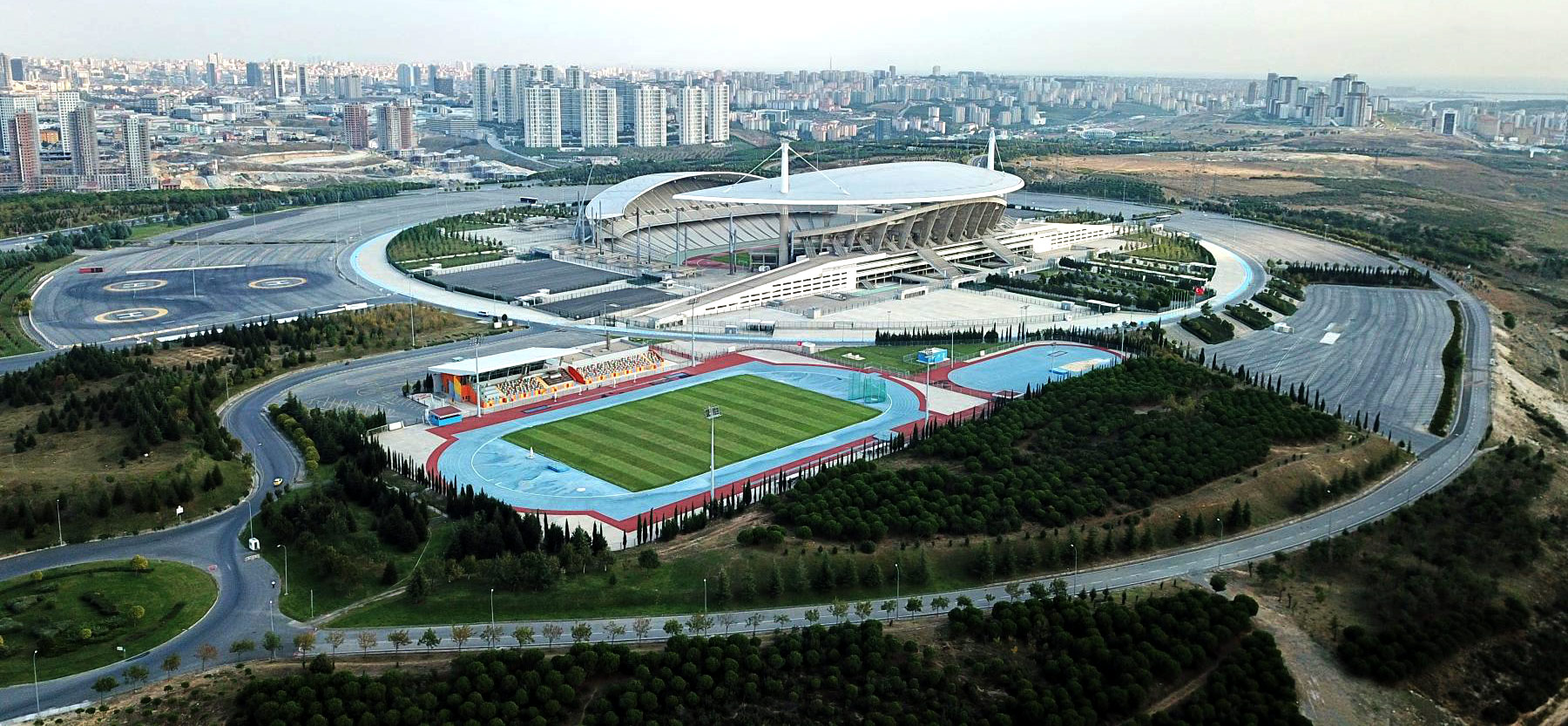

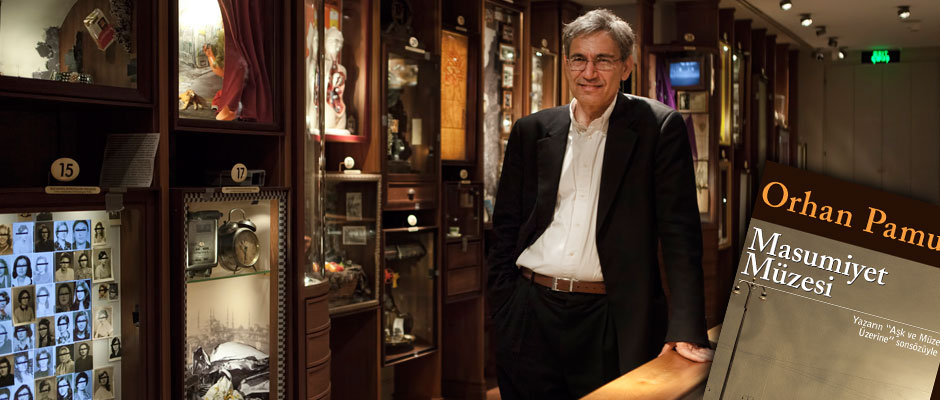


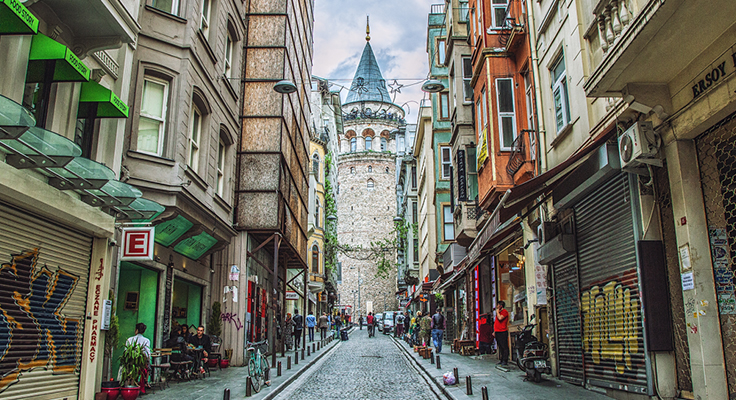
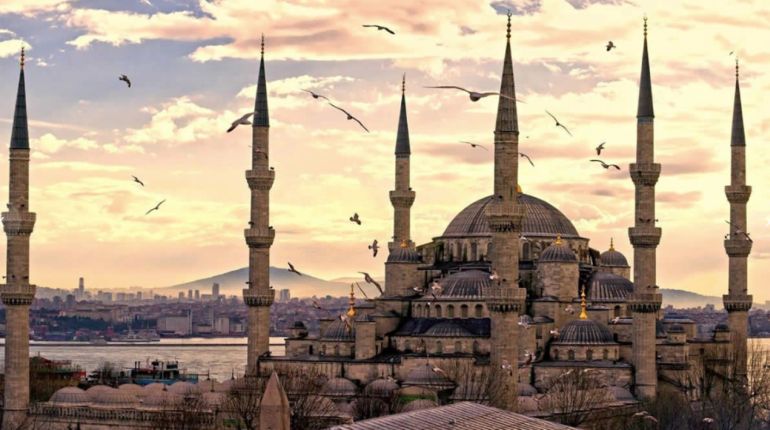
More posts by Etiya Res